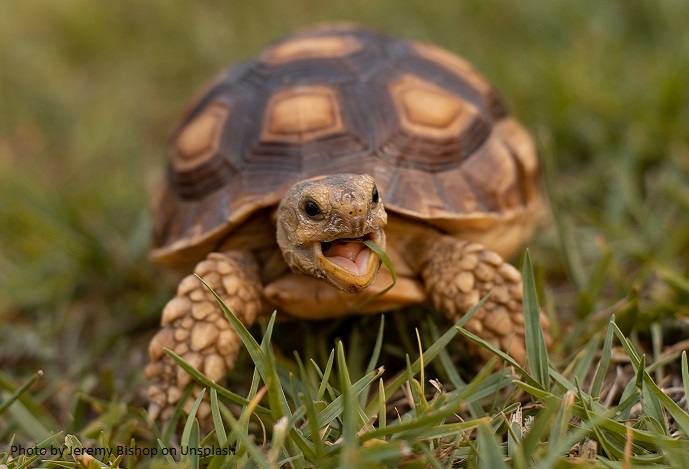Can turtles escape senescence?

A study published in the prestigious journal Science, and led by Rita Silva, a new researcher at CIBIO-InBIO/BIOPOLIS, defies widespread theories of senescence.
In this study, the authors obtained demographic information of populations of 52 species of turtles and tortoises kept in zoos and aquariums and analyzed their life expectancy and aging rates (a measure of the speed at which the risk of mortality increases with age). Some evolutionary theories of aging predict that senescence occurs after sexual maturity, when species allocate more energy to reproduction that to repairing damages in its cells and tissues. This leads to a gradual deterioration of bodily functions with age – believed to be inevitable in all living organisms. In this study, however, the researchers found that 75% of the 52 studied species show extremely slow senescence and 80% have slower senescence than humans.
These species might reduce or even escape the effects of senescence in response to improved conditions in zoos and aquariums, which provide shelter, food all year round and protection against predation – given that these low aging rates are not found in wild populations.
This study is an important first step to understand how senescence molds vital rates and how environmental conditions affect senescence. Through the study of more groups of animals the secrets of aging in nature can begin to be revealed.
Rita da Silva is now joining the team MarChange (Marine Ecology, Diversity and Change) at CIBIO-InBIO, where she will use data analytics to study the links between climate change and biodiversity.
To access the full article please click here